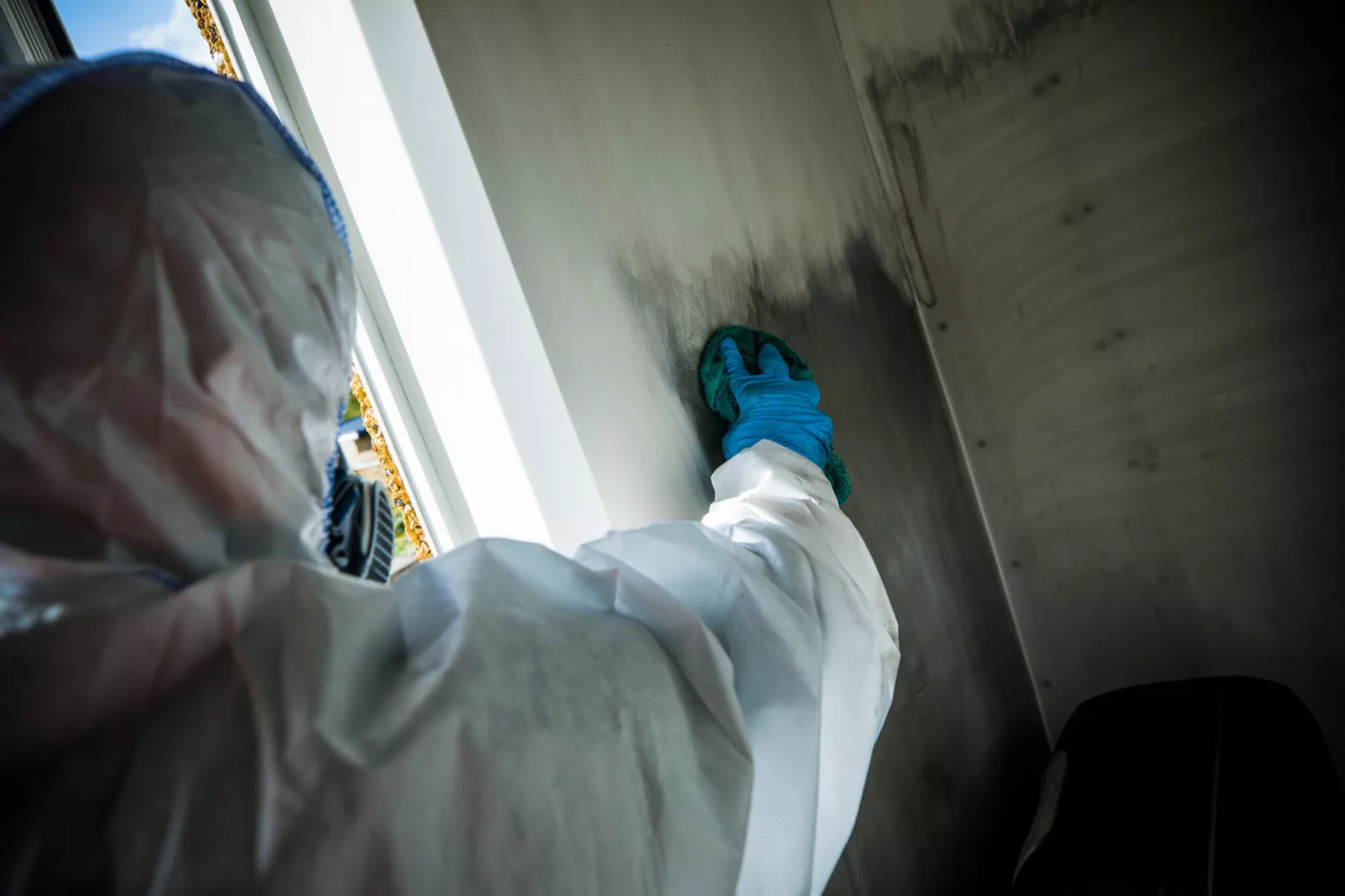Candles can be found in the majority of UK homes and are increasingly enjoyed as part of a relaxing self-indulgent bit of “me time”. However, they can have a sinister side – especially scented candles.
Black soot disposition (BSD), commonly referred to as “ghosting” and “dirty house syndrome”, is an unfortunate side effect of incorrectly burning poor quality candles. If left untreated, BSD can discolour walls, ceilings, fabrics and furniture, and usually appears as dark spots or discolouring on carpet.
So, what is Black Soot Disposition (BSD)?
Let’s start by going back to basics.
Soot is a product of incomplete combustion of carbon containing fuels, so in theory, complete combustion would produce virtually no soot. Incomplete combustion is usually identifiable by a yellow flame, whereas complete combustion burns blue.
Common flames within the home – such as gas hobs – burn blue. And while these flames also have the potential to produce soot, they are usually well ventilated and controlled, meaning that the risk is significantly reduced.
It’s a common misconception that candles do not produce enough soot to cause the kind of damage evidenced by BSD. But even burning a candle in a slight draft can greatly increase its soot production.
Poor quality candles, or those with added fragrance, often do not burn efficiently or cleanly, resulting in incomplete combustion which subsequently produces soot.
What causes soot to actually deposit around the home?
Soot doesn’t just appear around the perimeter where candles have been burned, it can manifest in a variety of ways. However, the first symptom of BSD often includes an off-white, dingy, grey appearance forming on light coloured surfaces – especially on upholstery and other fabrics such as curtains.
Soot particles are tiny – just .06 – 0.1 microns in size. As they join together – and with other particles around the room (such as dust) – they start to gain in size and weight. Once they have gained enough mass, they can then be driven by a force (such as gravity and electrostatic attraction) which enables the soot particles to deposit onto a surface.
If left untreated, black oily staining will form on ceilings, walls, furniture, and HVAC systems. It will also begin to show as a black film on plastics and discolouration around vents on electronic equipment. Dark spots and discolouration can also begin to show on the carpet below door undercuts (the space beneath a door) and curtains.
How do I burn candles indoors without causing soot?
It is possible to burn candles indoors without causing soot, however, there are certain things you should avoid and other things that you should ensure.
There are some common characteristics amongst candles which produce excessive soot. Avoid burning candles that have any of the following:
- Candles that have been poured into glass jars/containers, especially those that have soot marks on the lip of the jar
- Scented candles containing volatile aromatic hydrocarbons
- Candles that burn with an erratic flame or that emit visible soot from a high flame
- Cheap imports made from paraffin wax and soft wax candles that contain unsaturated hydrocarbons
- Candles with thick wicks – whether multiple thick wicks or individual
- Candles with wicks that burn unevenly
- Burning candles in an air draft – whether that be a natural or artificial draft (such as from a HVAC unit)
Although all candles burn with a yellow flame, and therefore all produce soot, it is possible to negate the amount produced. Following the below recommendations will help you to burn candles indoors without risking soot damage to your property.
- Burn candles with hard wax that contain mostly saturated hydrocarbons
- Opt for candles that have a thin, braided wick that curls when burned
- Opt for candles with low aromatic properties
- Look for low, even flames when burning
- Look for a wick that burns down evenly with the candle
- Trim the wick to ¼” each time before burning
- Extinguish candles after one hour of continuous burning then allow to completely cool before relighting
- Burn candles away from drafts but in a well ventilated area
- Discontinue use of candles that leave soot marks/rings on their containers
Conclusion
By staying away from cheap imports and instead using good quality candles – and by following the advice above – it is possible to safely enjoy candles without risking soot damage.
Not only that, but by using quality candles, you help reduce adverse health problems associated with cheap candles and soot. The majority of candles sold in the UK are cheap imports that are made from paraffin wax – a byproduct of the petroleum industry.
These poor quality candles have been shown to to release high levels of chemicals, which include carcinogens, toluene and benzene – known to cause asthma attacks. It’s important to note that candles do not burn at a high enough temperature to destroy the hazardous molecules that they emit.



